|
|
| (2 intermediate revisions by 2 users not shown) |
| Line 6: |
Line 6: |
| | Read up on out-of-the-ordinary museum collections, upcoming international events, stories related to cultural heritage, and how different disciplines are meeting today's challenges and opportunities in the field of cultural production. We hope these articles will lead you to new corners of Culture.si. | | Read up on out-of-the-ordinary museum collections, upcoming international events, stories related to cultural heritage, and how different disciplines are meeting today's challenges and opportunities in the field of cultural production. We hope these articles will lead you to new corners of Culture.si. |
| | | | |
| − | {{Featured article column|Slovenia – Guest of Honour Country at the Frankfurt Book Fair 2023}}
| |
| − | <hr>
| |
| | {{Featured article column|The Rebirth of Industrial Spaces through the Prism of Culture and Creativity}} | | {{Featured article column|The Rebirth of Industrial Spaces through the Prism of Culture and Creativity}} |
| | <hr> | | <hr> |
Latest revision as of 16:26, 27 March 2023
Culture.si's writers – who represent different generations from diverse fields of Slovenian culture – have now turned the portal inside out, to share a cross-section of cultural preservation and creation that may not be visible at first glance.
Read up on out-of-the-ordinary museum collections, upcoming international events, stories related to cultural heritage, and how different disciplines are meeting today's challenges and opportunities in the field of cultural production. We hope these articles will lead you to new corners of Culture.si.
Tea Pristolič
From London and Paris to Berlin and Amsterdam, if we mention only Europe, some of the best contemporary museums and galleries are set in former industrial buildings, taking advantage of vast spaces, preserving cultural heritage and giving back to people what they had been creating before in a different manner.
Slovenia stepped on this path in the early 2000s and is committed to renovating, rebuilding and breathing new life into such buildings. Through revitalisation, cities, townships and private organisations are transforming these sites and structures into places that offer platforms for creative industries. However, the means towards this goal and the results vary distinctively.
NOT ROBOT, WRITING DONE, INFOBOX DONE, PROOFREAD DONE, NOVERIFY, NODEPO, Article, NIFERTIK, NO PHOTO, Architecture, Cultural heritage, Selected, Industrial and technical heritage, Mercury mining heritage, Coal mining heritage, In Focus
Culture.si team (Alenka Pirman, Luka Frelih)
The migration of art, culture and heritage to the digital environment has become universal and omnipresent. Cultural workers, institutions and producers have to cope with a new realm where commercial algorithms, cookie directives, privatisation of cultural databases, copyright issues and such all shape a great deal of their scope. In this article, we take a look into the evolution of and strategies for developing the Slovenian portals for art and culture Culture.si and Kulturnik.si – brothers in digital arms.
NOT ROBOT, WRITING DONE, INFOBOX DONE, PROOFREAD DONE, NOVERIFY, NODEPO, Article, NIFERTIK, New media art, NO PHOTO, Copyright, Selected, In Focus
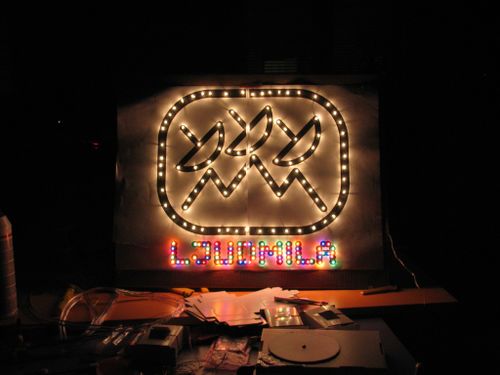 In many of its projects, Ljudmila Art and Science Laboratory remains behind the scenes, providing the backbone and "grease" to connect what's needed to illuminate things that may be hard to find – such as access to cultural databases.
In many of its projects, Ljudmila Art and Science Laboratory remains behind the scenes, providing the backbone and "grease" to connect what's needed to illuminate things that may be hard to find – such as access to cultural databases.
Alenka Pirman
Through crowd-sourcing memory collection actions such as the one from Europeana organised to gather and digitise memorabilia about World War I, descendants of those who lived through the Great War and history buffs can gain a new look at the deadliest conflict in history. Alenka Pirman tells of how Slovenia was involved in the collection efforts.
NOT ROBOT, WRITING DONE, INFOBOX DONE, PROOFREAD DONE, NOVERIFY, NODEPO, Article, NIFERTIK, NO PHOTO, Cultural heritage, Selected, World War I, In Focus
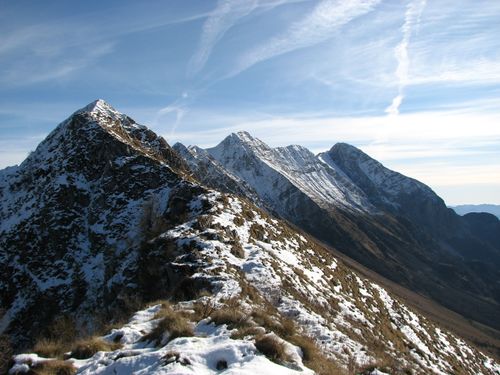 This ridge encompassing the mountain tops Vršič, Vrh Rus, Oblo Brdo, Vrata, Krnčica (2142 m), Srednji vrh and Krn (2244 m) is known for being the site of the Isonzo Front in World War I. Photo: Brane Blokar, Wikipedija.
This ridge encompassing the mountain tops Vršič, Vrh Rus, Oblo Brdo, Vrata, Krnčica (2142 m), Srednji vrh and Krn (2244 m) is known for being the site of the Isonzo Front in World War I. Photo: Brane Blokar, Wikipedija.
Sabina Briški Karlić
The cultural and creative sectors (CCS), including film and audiovisual, have been amongst the hardest hit by the COVID-19 crisis, which has also accelerated the existing trends in AV training and capacity building. The Motovila team explored how three Creative Europe co-funded AV training programmes for project development (with important connections to Slovenia) have been dealing with the sudden changes and effects imposed by the turbulent events of 2020.
NOT ROBOT, WRITING DONE, INFOBOX DONE, PROOFREAD DONE, NOVERIFY, NODEPO, PHOTO, Article, NIFERTIK, Film, EU funding of Slovene organisations (Culture and MEDIA Programmes), Film courses, workshops and residencies, Selected, EU Creative Europe, MEDIA funding recipient, Animation, In Focus
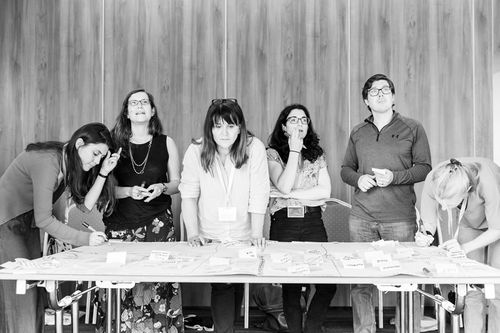 EAVE training events are known for their high-profile expert guests and hands-on interactive experiences such as this brainstorming session with Croatian film producer and EAVE group leader Ankica Jurić Tilić. Photo: ©Frank Schoepgens
EAVE training events are known for their high-profile expert guests and hands-on interactive experiences such as this brainstorming session with Croatian film producer and EAVE group leader Ankica Jurić Tilić. Photo: ©Frank Schoepgens
Nataša Vampelj Suhadolnik and Maja Veselič
When you think of fascinating collections of objects from East Asia, visiting Slovenian museums probably doesn't even cross your mind. This perception is about to change as you embark on an exciting journey to discover hidden gems in the museum cellars and attics brought to Slovenia from China, Japan and Korea in the late 19th and early 20th centuries.
In this article, two researchers involved in the project East Asian Collections in Slovenia of the Department of Asian Studies at Faculty of Arts, University of Ljubljana lead us on a tour of items from these lands that are tucked away in the repositories of Slovenian museums and reveal the unique stories of how they found their way to Slovenia. A must-read for anyone interested in ethnographic and art collections, especially those from East Asia.
NOT ROBOT, WRITING DONE, INFOBOX DONE, PROOFREAD DONE, NOVERIFY, NODEPO, PHOTO, Article, NIFERTIK, Selected, Asia, Asian collections, Ethnographic museums and collections, In Focus
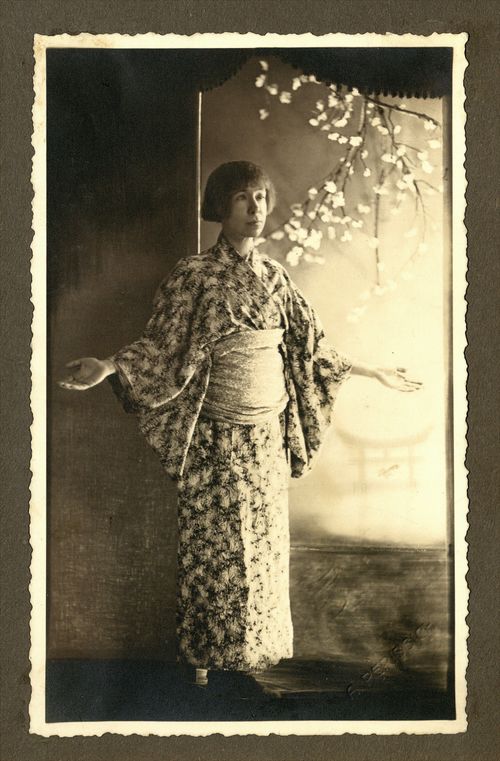 Alma Karlin wearing a yukata. Alma Karlin Estate, Manuscript Collection, National and University Library, MS 1872.
Alma Karlin wearing a yukata. Alma Karlin Estate, Manuscript Collection, National and University Library, MS 1872.
Peter Baroš
Slovenian musicians and bands have a colourful history of international success in the music industry. But before such success becomes a topic of nostalgia, SIGIC's Peter Baroš tells of new initiatives helping today's music acts reach for the stars hanging over the global music map.
NOT ROBOT, WRITING DONE, INFOBOX DONE, PROOFREAD DONE, NOVERIFY, NODEPO, Article, NIFERTIK, Music, NO PHOTO, Selected, In Focus
Alenka Pirman
Are you looking for sport in a museum? In the case of Slovenia, skiing would be the most ubiquitous of them all. Beyond the stereotype of being a national sport, skiing has also grown into both an internationally successful business and industry and a rather commonplace lifestyle at the same time. But let's start our slalom through the skiing heritage with the fear of winter.
In his book Winter: From Fear to Joy Borut Batagelj, the director of the Historical Archives Celje claims that the tradition of skiing in Slovenia was invented. Until the early 1930s, going outdoors during the winter was strongly advised against for health reasons.
NOT ROBOT, WRITING DONE, INFOBOX DONE, PROOFREAD DONE, NOVERIFY, NODEPO, Article, NIFERTIK, NO PHOTO, Museums, Cultural heritage, Selected, Sport, In Focus, Sport heritage
 A pair of skis, used in the Yugoslav People's Army. From 1974 onwards, its mountain warfare forces would use the equipment produced by Elan. Photo: National Museum of Contemporary History.
A pair of skis, used in the Yugoslav People's Army. From 1974 onwards, its mountain warfare forces would use the equipment produced by Elan. Photo: National Museum of Contemporary History.
Mateja Lazar and Tanja Kos
Transnational mobility brings essential economic and social benefits to the culture and creative sectors (CCS), through access to new markets, partnerships, networks and jobs. For artists and cultural workers, this can mean establishing themselves internationally, learning new skills, meeting potential partners. The effects of such mobility are even broader, from increasing audiences to promoting cultural diversity and intercultural dialogue, thus helping promoting values of plurality, diversity, integration and cooperation.
NOT ROBOT, WRITING DONE, INFOBOX DONE, PROOFREAD DONE, NOVERIFY, NODEPO, Article, NIFERTIK, NO PHOTO, Selected, In Focus
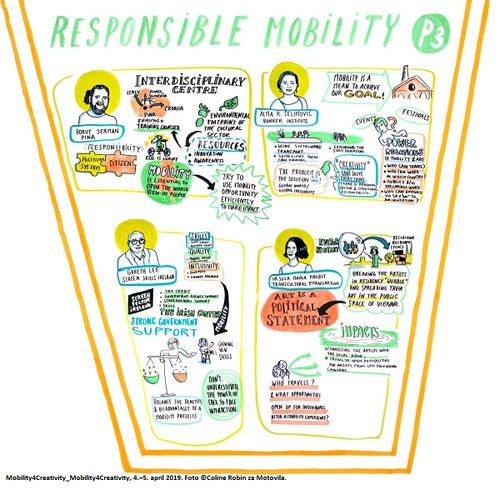 The Responsible Mobility infographic by Coline Robin, from the Motovila/CED Slovenia conference "Mobility4Creativity" in 2019.
The Responsible Mobility infographic by Coline Robin, from the Motovila/CED Slovenia conference "Mobility4Creativity" in 2019.
Articles in category "In Focus"
The following 23 pages are in this category, out of 23 total.
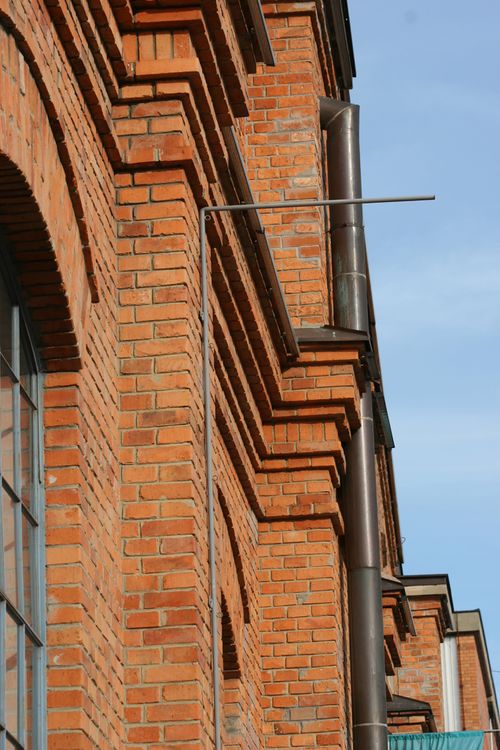
 This ridge encompassing the mountain tops Vršič, Vrh Rus, Oblo Brdo, Vrata, Krnčica (2142 m), Srednji vrh and Krn (2244 m) is known for being the site of the Isonzo Front in World War I. Photo: Brane Blokar, Wikipedija.
This ridge encompassing the mountain tops Vršič, Vrh Rus, Oblo Brdo, Vrata, Krnčica (2142 m), Srednji vrh and Krn (2244 m) is known for being the site of the Isonzo Front in World War I. Photo: Brane Blokar, Wikipedija.
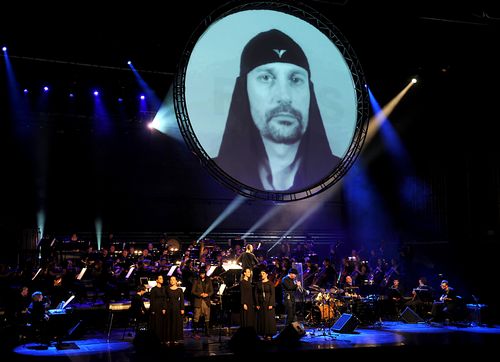 VOLKSWAGNER 3, Laibach in collaboration with RTV Slovenia Symphony Orchestra and composer Izidor Leitinger, 2009. A sonic suite in three acts making connections between Wagner, modernism and jazz, crossbred with pop art.
VOLKSWAGNER 3, Laibach in collaboration with RTV Slovenia Symphony Orchestra and composer Izidor Leitinger, 2009. A sonic suite in three acts making connections between Wagner, modernism and jazz, crossbred with pop art.
 The Responsible Mobility infographic by Coline Robin, from the Motovila/CED Slovenia conference "Mobility4Creativity" in 2019.
The Responsible Mobility infographic by Coline Robin, from the Motovila/CED Slovenia conference "Mobility4Creativity" in 2019.






